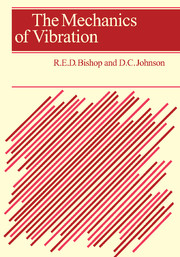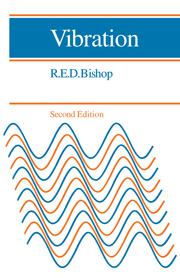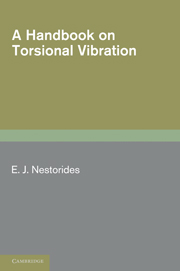The Mechanics of Vibration
Originally published in 1960, the primary aim of this book was to give the reader an insight into the vibration characteristics of a machine or structure rather than to present them with a recipe for formal calculations. Within the text classical theory is developed by starting from the concept of steady forced motion and then introducing free motion as a limiting case. The concept of resistance or 'dynamic flexibility' is used throughout and provides a link between the treatment of very simple systems, multi-freedom systems with lumped parameters and infinite-freedom systems. It also provides a tool for breaking down complex problems into simpler parts. The mathematics will be understood by a student taking an honors course in engineering, and the book's primary purpose was to provide them with a background for their studies and with a path along which to advance for further work.
Product details
No date availablePaperback
9781107402454
610 pages
254 × 178 × 31 mm
1.04kg
Table of Contents
- Preface
- General notation
- 1. Introduction
- 2. Generalized co-ordinates and Lagrange's equations
- 3. Systems having any finite number of degrees of freedom
- 4. The taut string
- 5. The analysis of real systems, approximate methods
- 6. Torsional and longitudinal vibration of uniform shafts and bars
- 7. Flexural vibration of uniform beams
- 8. Viscous damping
- 9. Hysteretic damping
- 10. Free vibration
- 11. Non-harmonic transient vibration
- Answers to examples
- Index.








